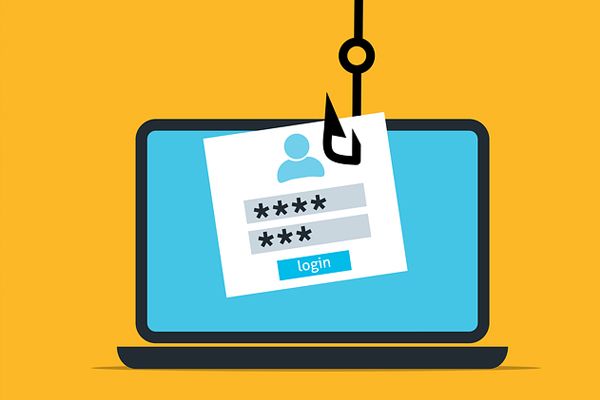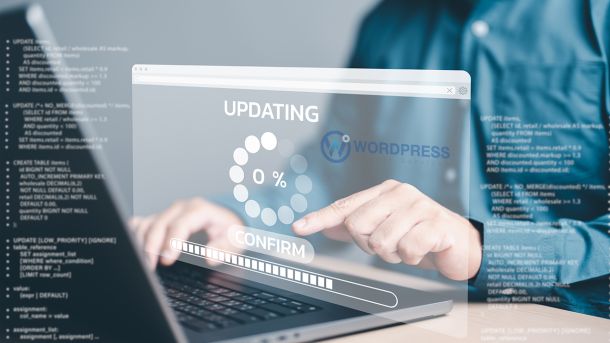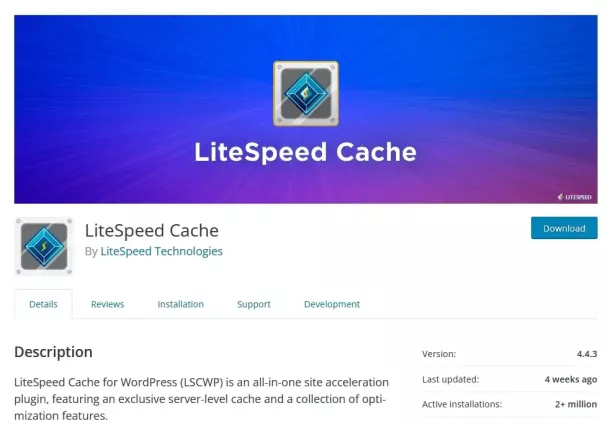
Last week, there were 64 vulnerabilities disclosed in 66 WordPress Plugins and 3 WordPress themes
Securing your WordPress website is crucial to protect it from potential threats and vulnerabilities. Here are some basic steps you can take to enhance the security of your WordPress site:
- Keep WordPress Updated: Regularly update your WordPress core, themes, and plugins to ensure you have the latest security patches and bug fixes.
- Use Strong Login Credentials:
- Set strong, unique usernames and passwords for your admin and user accounts.
- Avoid using “admin” as the username.
- Use a combination of uppercase, lowercase, numbers, and special characters in your passwords.
- Limit Login Attempts: Install a plugin that limits the number of login attempts and temporarily locks out IP addresses after a certain number of failed attempts.
- Implement Two-Factor Authentication (2FA): Use a 2FA plugin to add an extra layer of security by requiring a second form of verification, such as a code from a mobile app, in addition to the password.
- Secure Hosting and Server:
- Choose a reputable hosting provider that offers security features and regular updates.
- Keep your server software, such as PHP and MySQL, up to date.
- Use Secure Themes and Plugins:
- Install themes and plugins only from trusted sources.
- Delete unused themes and plugins to reduce potential attack vectors.
- Regular Backups:
- Regularly back up your website and database, and store backups off-site.
- This ensures you can restore your website to a working state if it’s compromised.
- Secure File Permissions:
- Set appropriate file and directory permissions to prevent unauthorized access.
- Avoid using overly permissive settings.
- Disable Directory Listing:
- Prevent directory listings to avoid exposing sensitive files.
- Hide WordPress Version:
- Remove or hide the WordPress version number from your website’s source code, as outdated versions can be targeted by attackers.
- Use HTTPS:
- Secure your website with an SSL certificate to encrypt data between your server and users’ browsers.
- Update Your Security Keys:
- Regularly update your unique security keys in the
wp-config.phpfile to enhance authentication security.
- Regularly update your unique security keys in the
- Install a Security Plugin:
- There are several security plugins available that can help you with tasks like firewall protection, malware scanning, and more.
- Monitor for Suspicious Activity:
- Set up website monitoring to receive alerts for unusual or suspicious activities.
- Regularly Review Logs:
- Review your server and application logs to detect any signs of unauthorized access or suspicious behavior.
- Disable XML-RPC:
- If you don’t need XML-RPC functionality, consider disabling it, as it can be exploited for attacks.
- Implement Content Security Policy (CSP):
- Use CSP headers to control what sources of content are allowed to be loaded on your site, reducing the risk of cross-site scripting (XSS) attacks.
Remember that security is an ongoing process, and staying informed about the latest security best practices is essential to protect your WordPress website from evolving threats.
Should you require help, our hourly rate for website troubleshooting and security enhancement is €35. We’d be more than happy to support you in securing your website. Feel free to click the button below to request a quick quote for our swift resolution service.







